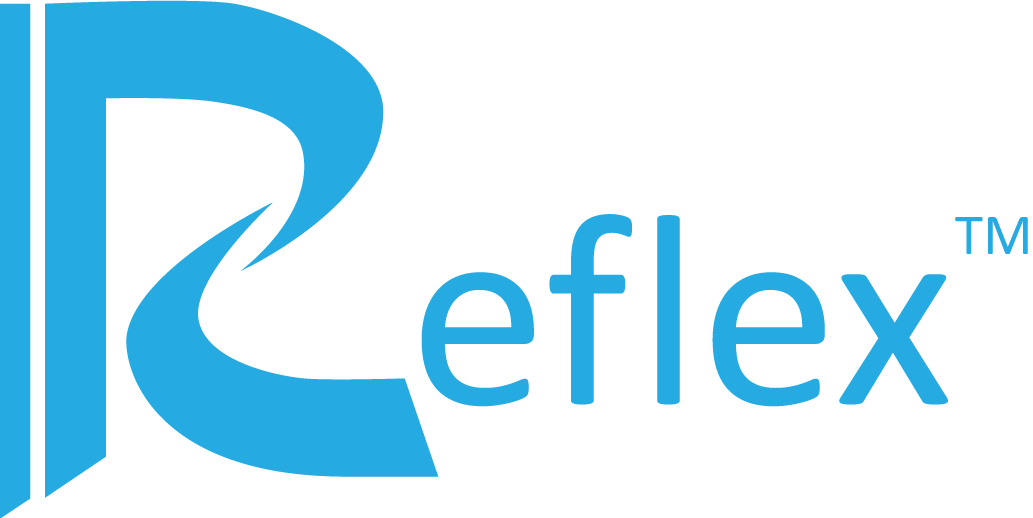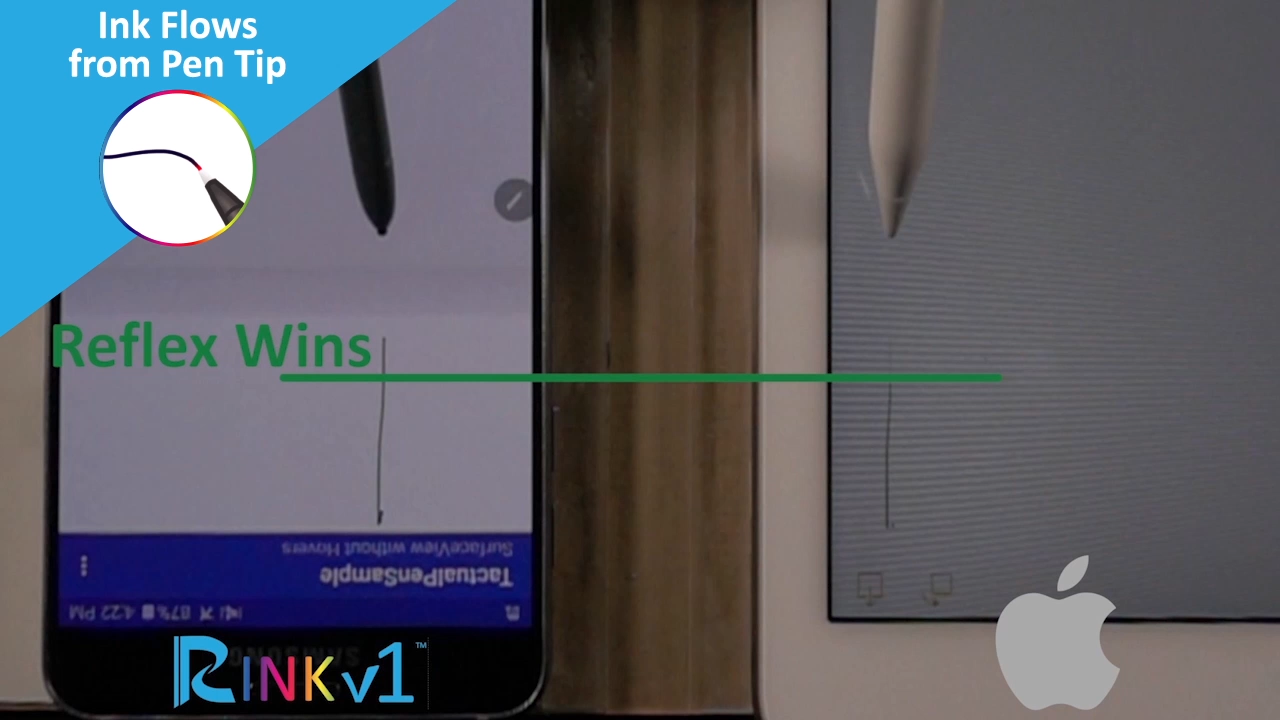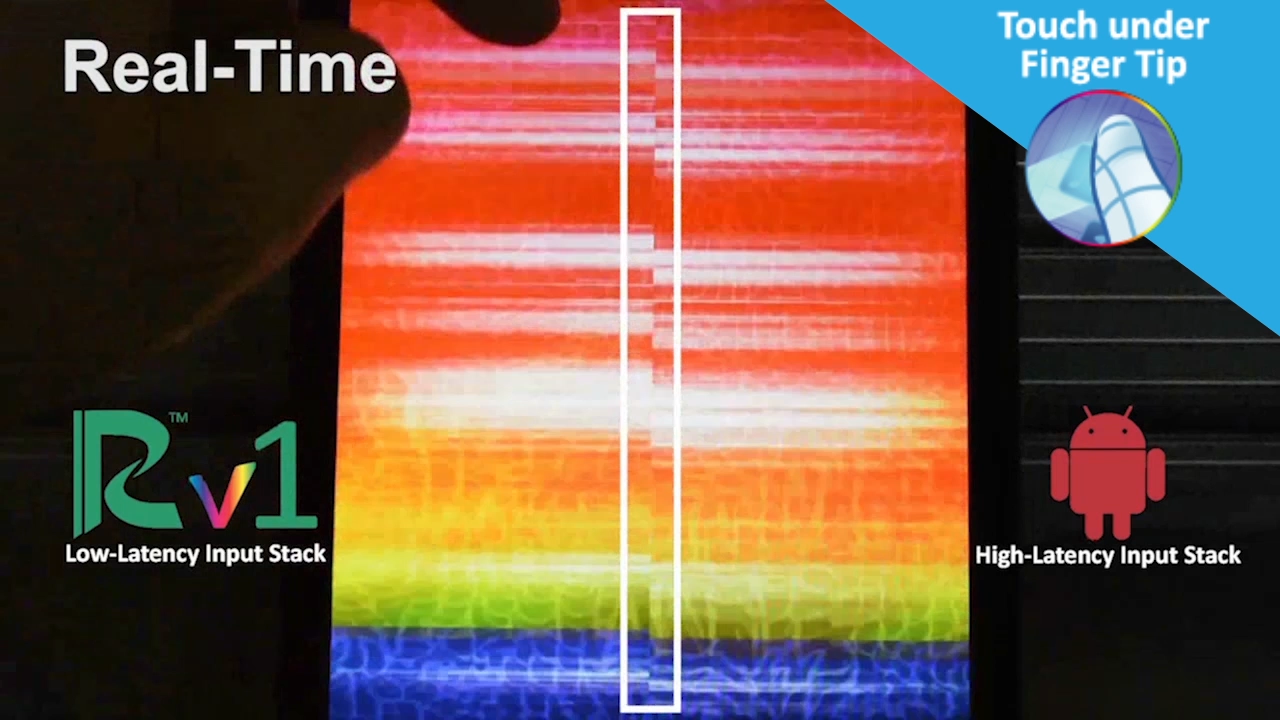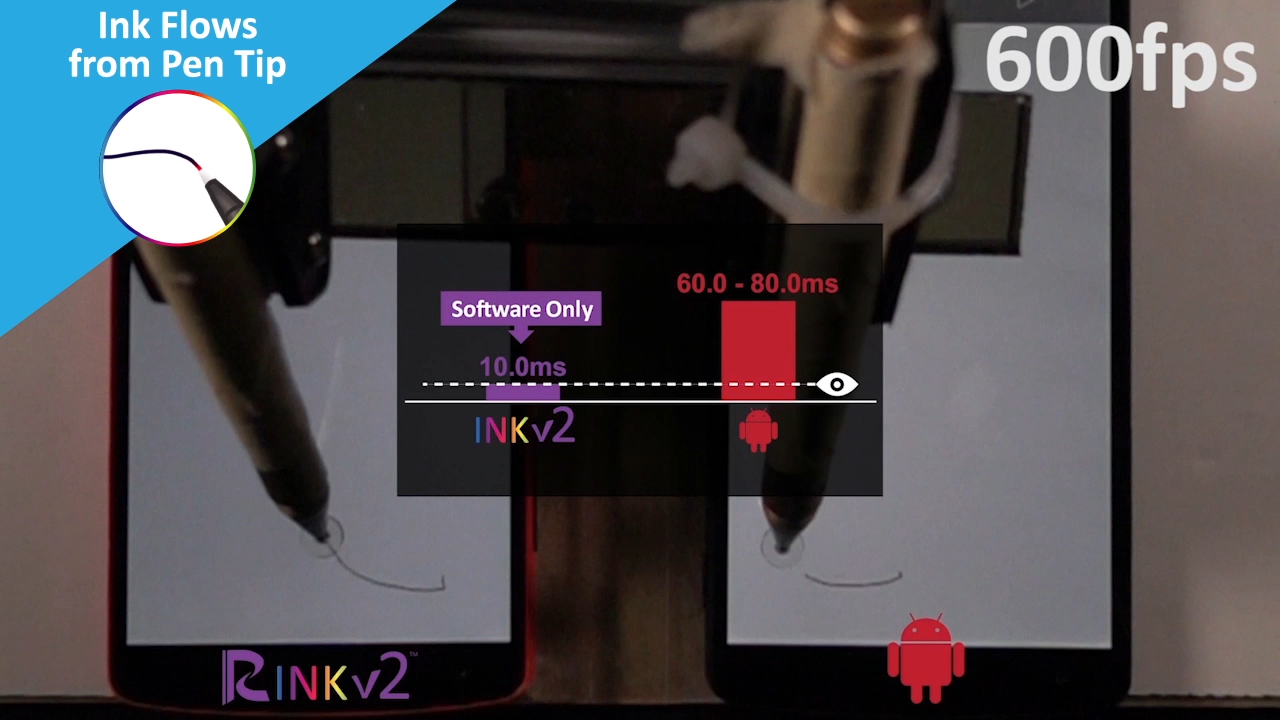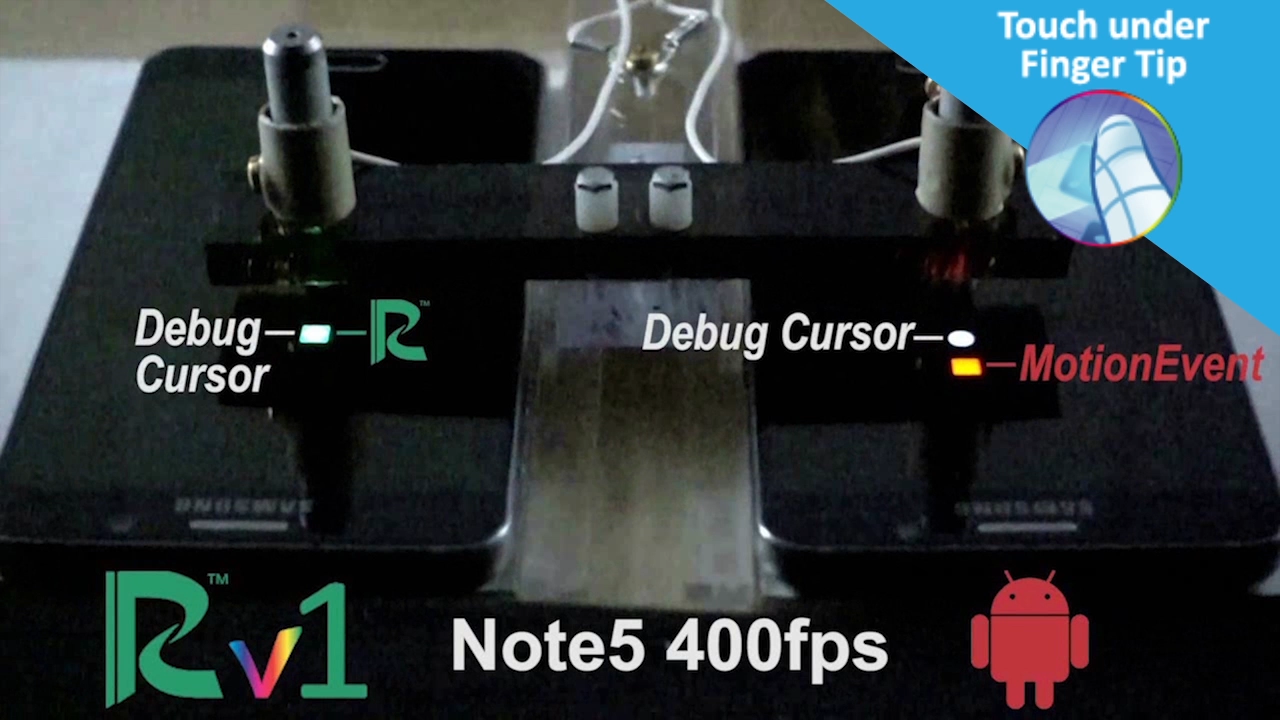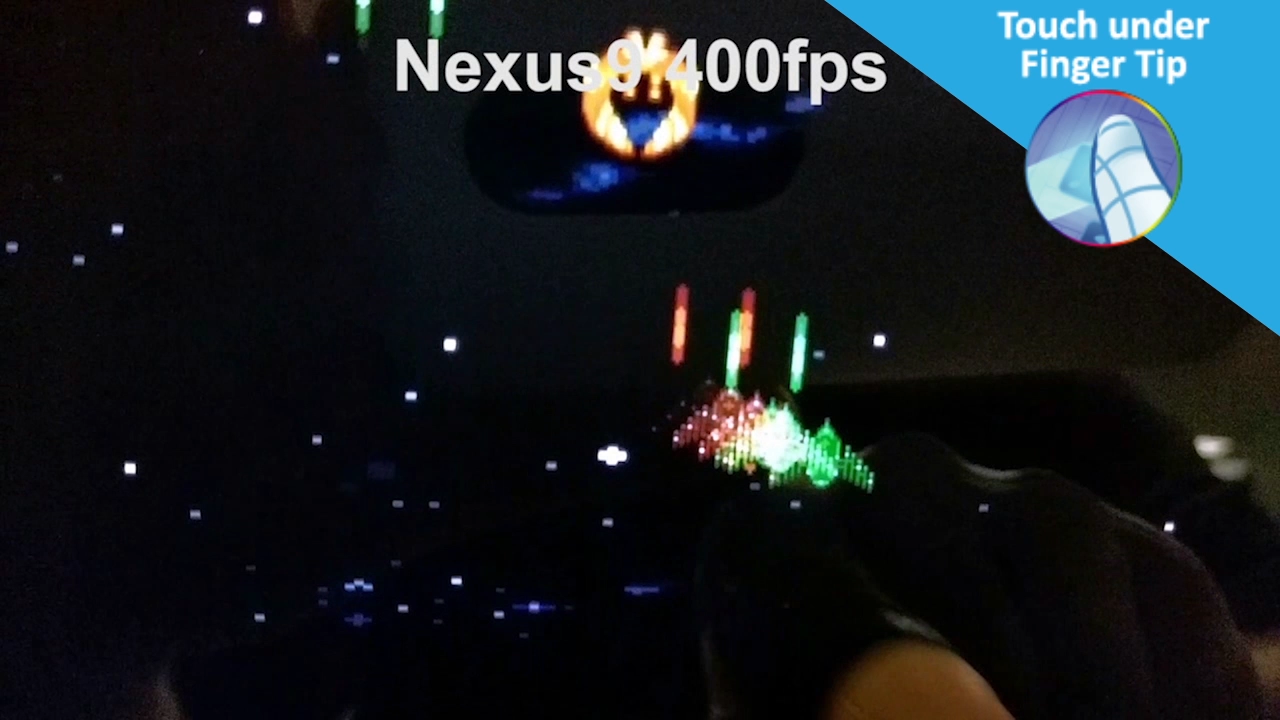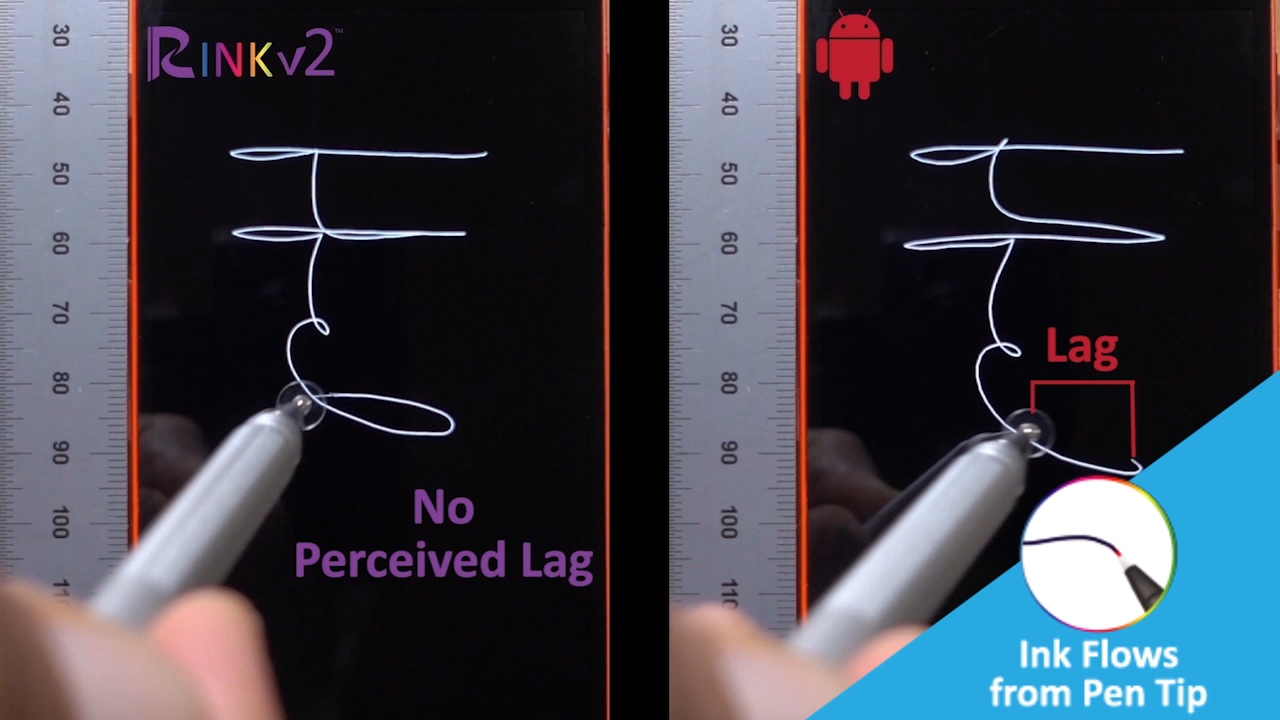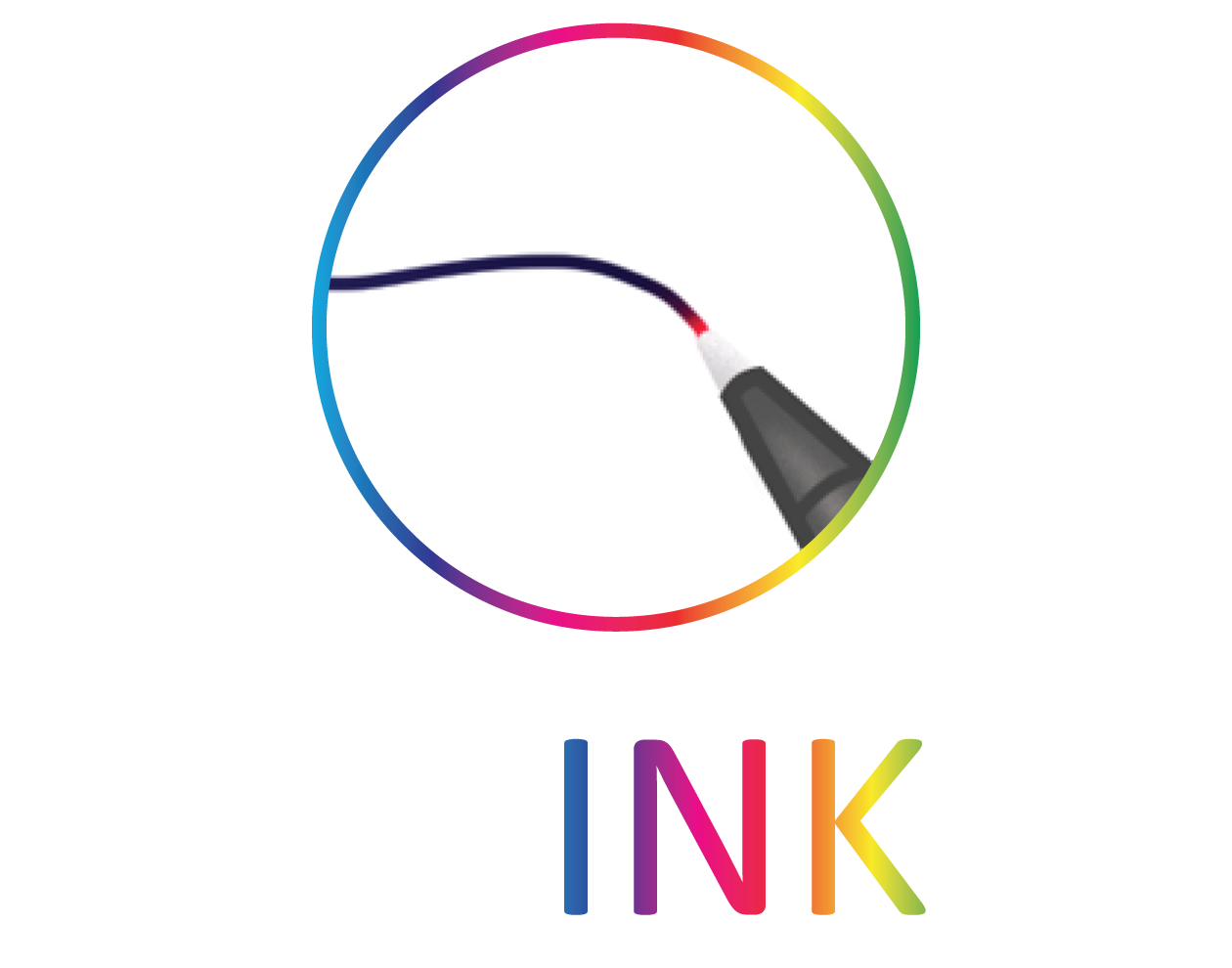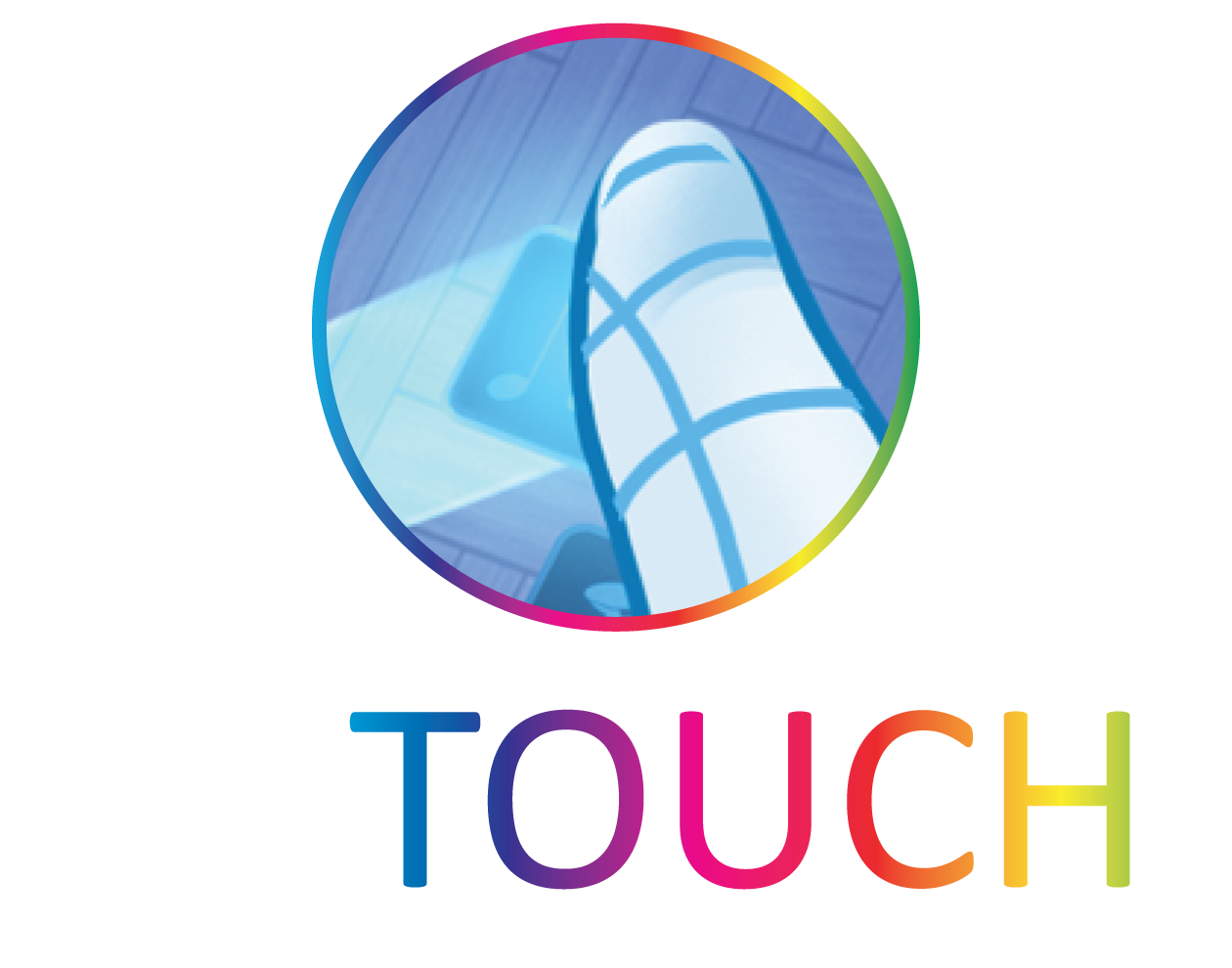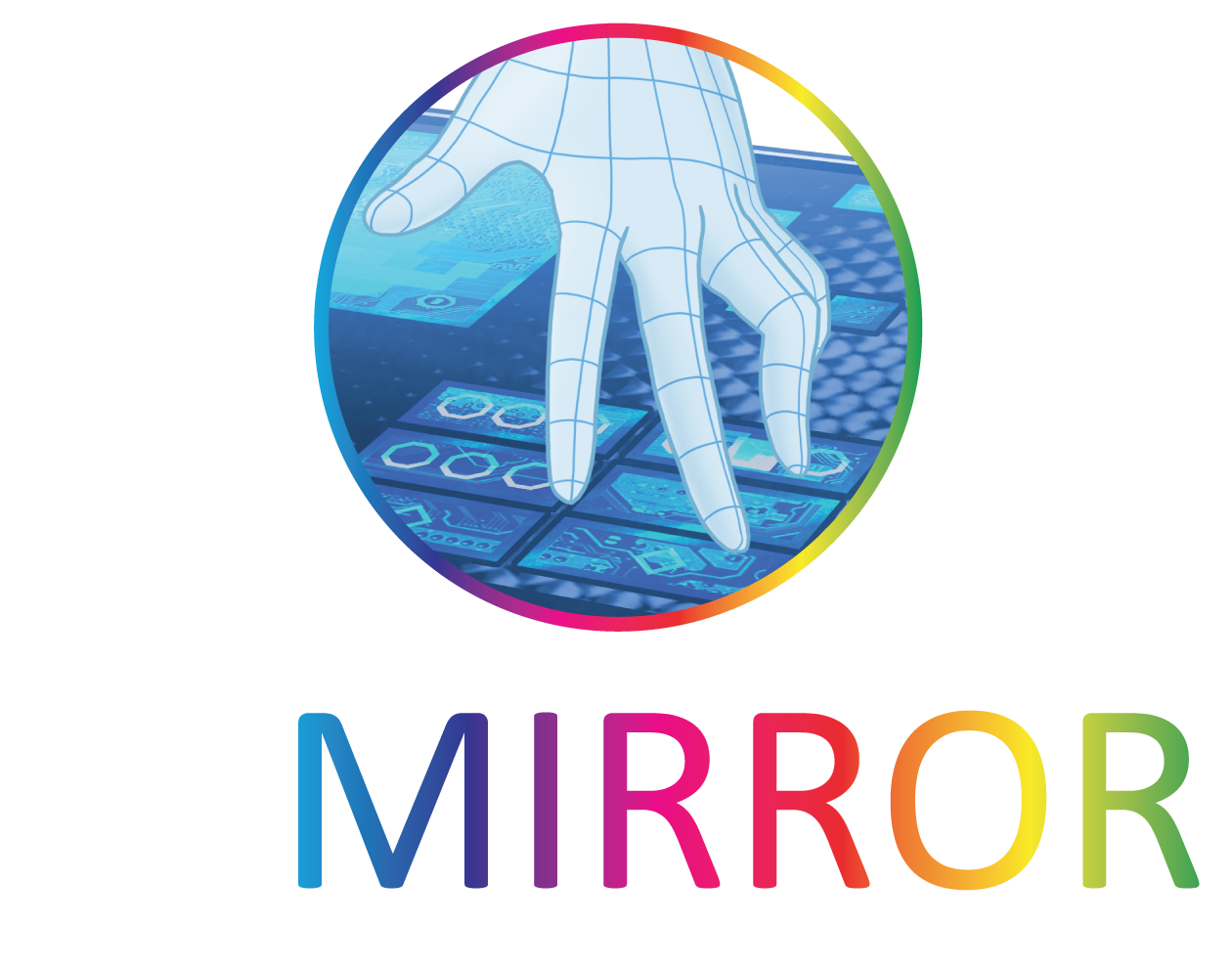Available in 1H’2017, Tactual’s Reflex Mirror v1™ SDK reconstructs a near real-time 3D model of a user’s hands, grasp, and forearms when in contact or near contact with a free-form Prism sensor surface.
On Prism-powered™ smart objects, Reflex Mirror v1™ allows users to bring their real fingers, hands, and grasp from the physical into digital VR and AR worlds. Mirroring a user’s hands and forearms between the physical and digital environment enables more natural interaction with 3D digital content and meaningfully enhances immersion.
Understanding the way a user grasps a physical controller also improves the realism of digital physics during AR, VR, and conventional 2D gaming experiences. For instance, swinging a ping-pong racket with a “chinese-style’ grip should put a very different spin on the ball then when performing an identical swing with a more classical “shakehands” grip.
In both AR and VR, having an accurate, low-latency understanding of finger, hand, and forearm position relative to the surface of a smart object also enables digital 2D and 3D user-interface elements to be accurately mapped anywhere on the surface of a Prism™ smart device or input controller. Simply put, Reflex Mirror v1™ and Prism™ work together to turn every surface of a physical object into a truly multi-dimensional display that makes every button, control, and curve of its casing into a rich gestural input surface capable of immediate visual and 3D haptic feedback.
From a smartphone to a whiteboard to a gaming controller, understanding how an input device is being held at any given moment or is being approached with the hand / fingers prior to the moment of contact also enables breakthrough dynamic user interfaces that better anticipate true user intent, ensure UI controls are always in easy reach, and are positioned to avoid accidental input.
